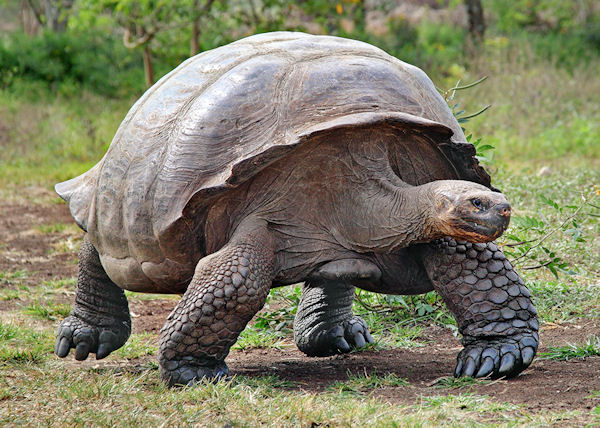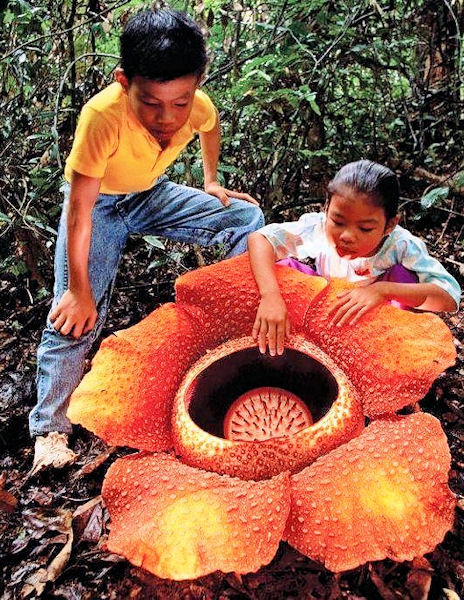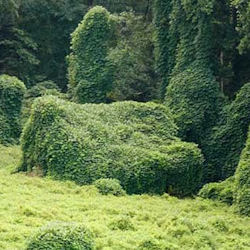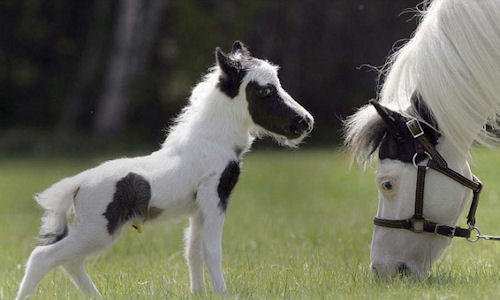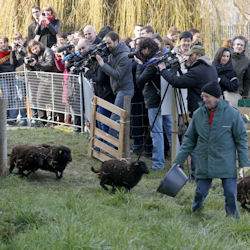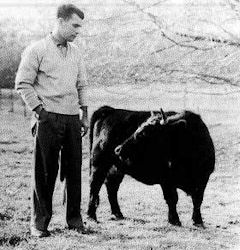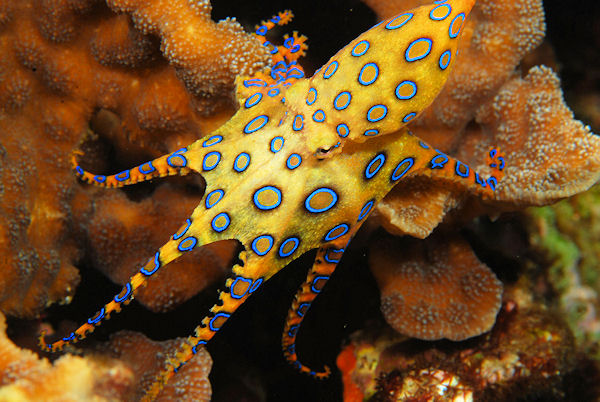
There are many, many dangerous things in the ocean. Whales, sharks, humans… But some of these creatures aren’t so big or so obvious. They are however very venomous, and very deadly. Here’s three of the worst for your viewing pleasure.
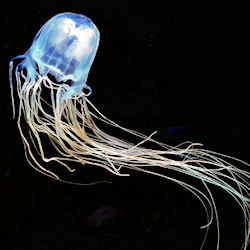
Probably the best known and most feared is the Box jellyfish. These translucent pain factories can be found in most coastal areas around the world. The most venomous and therefore most deadly incarnations can be found off the coast of Japan and, naturally, off the coast of Australia.
While the dimensions of a full grown jelly fish are somewhat diminutive(approximately 12 inches in diameter,) the tentacles of the wee beasty can grow to nearly ten feet in length. The important thing to keep in mind is that every inch of every tentacle is searing, stinging pain waiting to happen. Each one has half a million microscopic, harpoon-shaped nematocysts that inject venom.
Simply brushing against a single tentacle, even if it’s not attached to the jellyfish, will lead to thousands of teeny-tiny injections of venom. Victims commonly have a visible red or purple trail that marks exactly where the tentacle touched them. While most species of Box jellyfish will just leave you in serious pain for a few hours, one or two subspecies are extra spicy. The venom is potent enough to cause cardiovascular collapse followed by death in as little as five minutes.
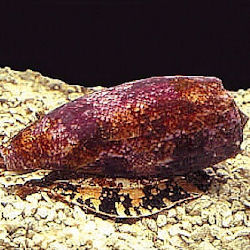
Just as unassuming is the Conus Geographus, or the Cone snail. It is just as slow as any other snail, but it has a secret weapon. See, this snail has a craving for flesh. Hidden away in its mouth is a harpoon-like tooth that it literally shoots at passing fish.
Smaller fish are paralyzed nearly instantly. Once the meal has stopped throwing a fit, the snail then reels in its catch and slurps it down. Eventually the fishy bones and used harpoon comes out the other end. They are disposable, and the snail has many of them.
The largest Cone snails are the ones that are the most deadly to humans, the Conus Geographus chief among them. It is also known by its nickname, the “cigarette snail”. The idea is that you’d have enough time to smoke a cigarette before succumbing to the venom. The mode of death is paralysis that spreads to the lungs, thus suffocating you.
Speaking of swift deaths, that brings us to the third and final terror of the deep: the Blue-ringed Octopus. Yup, that’s the colorful little fellow in the main picture above. Isn’t he cute? Yeah, he’s also deadly as hell.
Found mainly off the coasts of Australia(surprise, surprise,) these relatively timid looking cephalopods feed mostly on small crabs and shrimp. The octopus attacks like most octopi do by grasping the victim in its tentacles and stuffing it in its mouth. The difference here is it also gives the crab a healthy dose of life-ending venom.
The octopus turns those fun colors when it’s scared and/or POed. This, coupled with its relatively small size (around six inches) may leave you inclined to play with the cute widdle squiddy, but don’t be fooled! The worst part about a bite from one of these critters is that you may not even know you’ve been bit.
The bite is painless, so you might not even bother to surface right away. That sucks, because you start to be paralyzed a minute or two after the “attack”. Now you have no way to wave for help as the venom steals away your ability to breathe. You won’t even be able to flip off the octopus as you succumb to the venom and drown.
Happy snorkeling!

